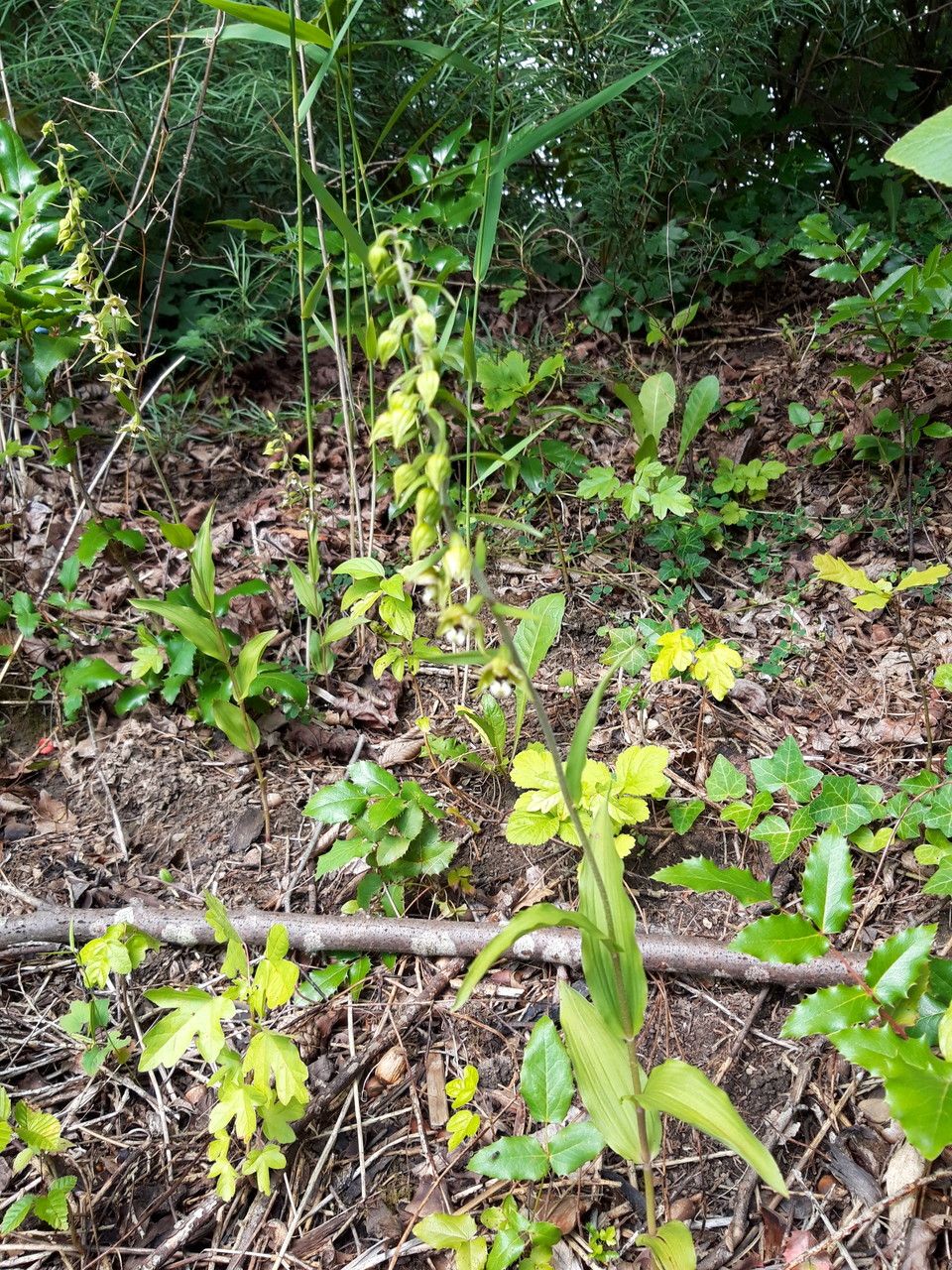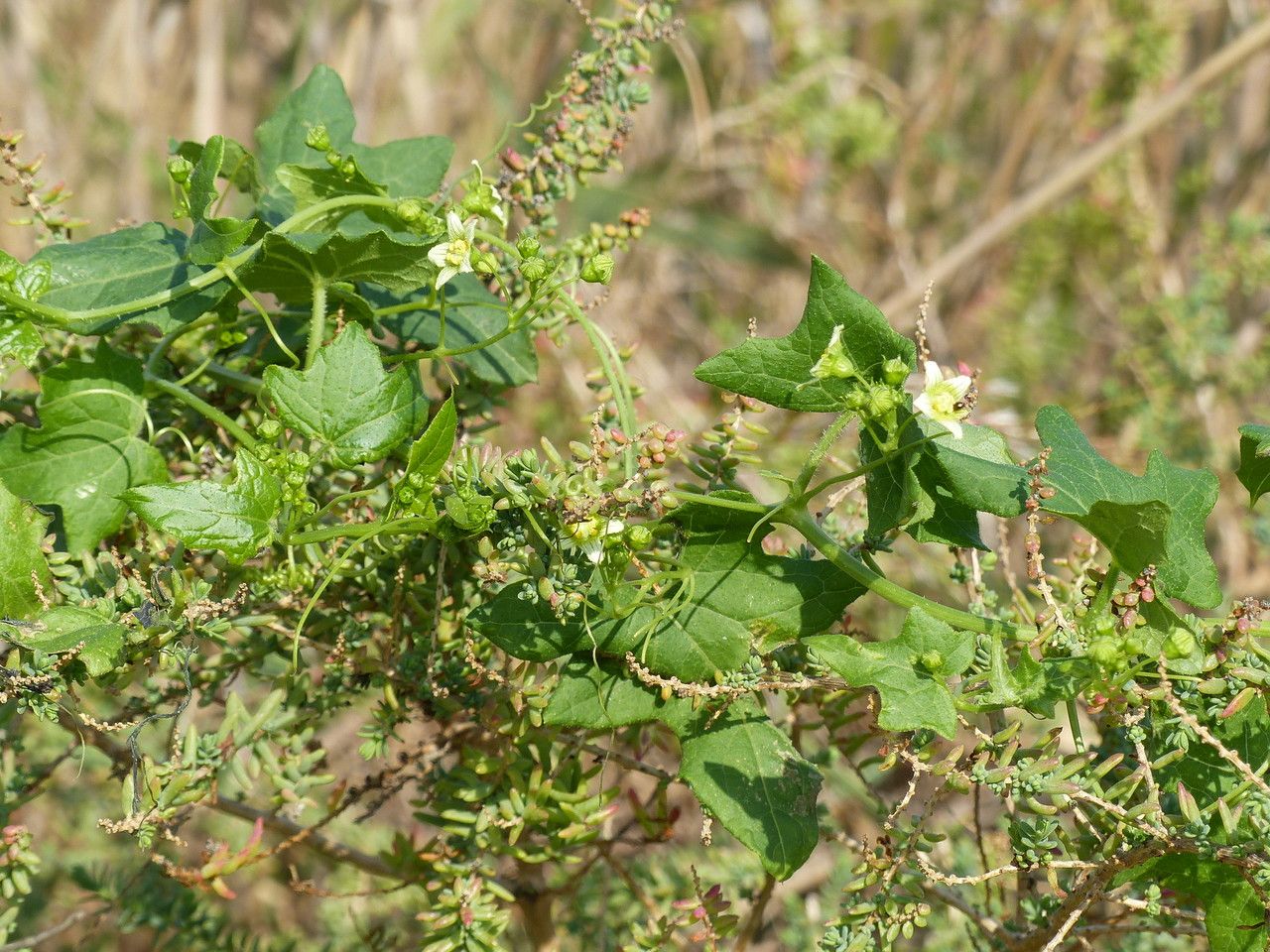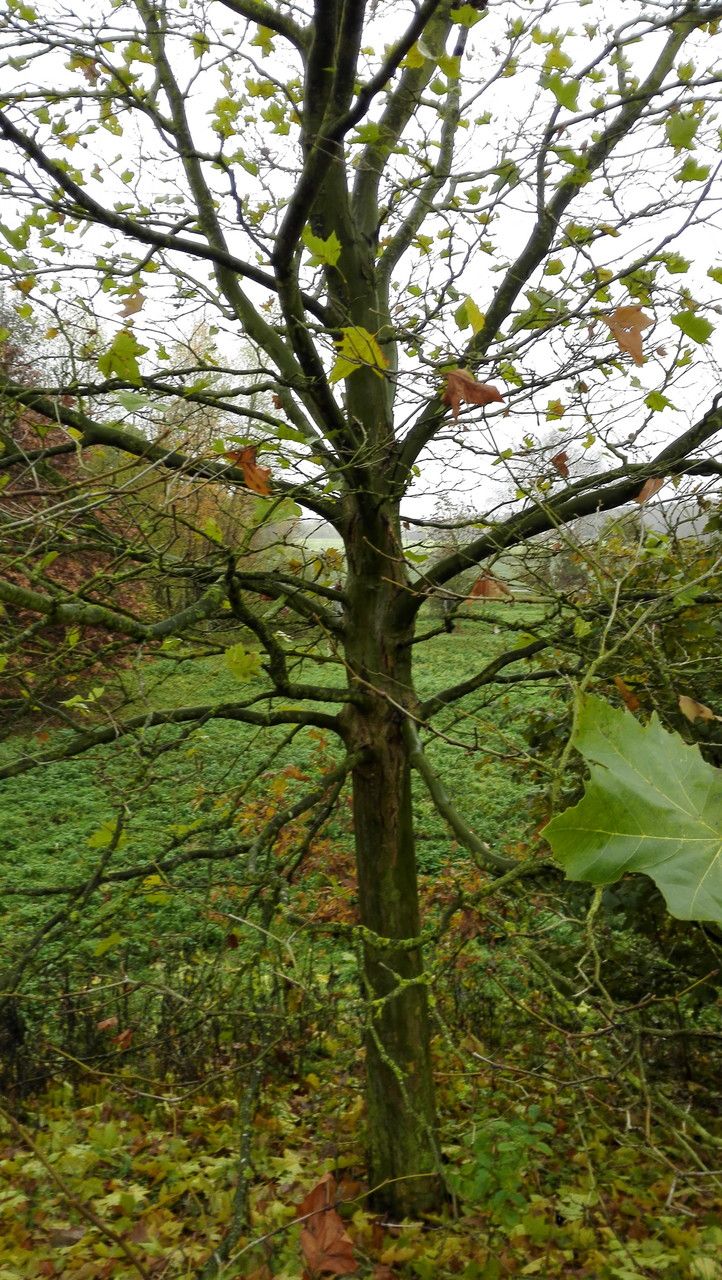### Broadleaf Helleborine: A Deep Dive into *Epipactis helleborine*
The Broadleaf Helleborine (*Epipactis helleborine*) is a captivating member of the Orchidaceae family, a widespread orchid species found across Europe, Asia, and parts of North America. Its striking appearance and fascinating biology make it a subject of great interest for botanists and nature enthusiasts alike. This comprehensive guide will explore the key characteristics, habitat preferences, and cultivation aspects of this remarkable plant.
### Identification
Identifying the Broadleaf Helleborine involves observing several key features. It typically grows to a height of 30-100cm, boasting lanceolate leaves that are broadly ovate and clasp the stem. The leaves are characterized by their rich, dark green color and slightly glossy surface. The inflorescence, a prominent feature, is a raceme bearing numerous flowers. These flowers, though not as flamboyant as some other orchids, possess a unique charm. They are usually greenish-brown to purple-brown, often with a slightly fragrant scent. The lip (labellum) of the flower is noticeable for its three-lobed structure, often displaying darker markings. Careful observation of these traits will help distinguish it from other similar plants.
### Habitat and Growth
Broadleaf Helleborine thrives in a variety of habitats, showcasing its adaptability. It's commonly found in woodlands, particularly those with dappled shade, as well as hedgerows, scrublands, and even some disturbed areas. The plant prefers moist, well-drained soil, rich in organic matter. It is often associated with calcareous soils, but it is adaptable to different soil pH levels. It demonstrates a remarkable ability to grow in both sunny and shaded locations, showcasing its tolerance to variations in light intensity.
### Sun Exposure and Soil Needs
While adaptable, Broadleaf Helleborine generally performs best in partially shaded conditions. Direct, intense sunlight can scorch its leaves. As for soil, well-drained, humus-rich soil is ideal. The soil should retain some moisture but avoid waterlogging. The plant can tolerate a range of soil pH levels, but slightly alkaline conditions are often preferred.
### Conservation Status
While generally not considered endangered, the Broadleaf Helleborine's population can be affected by habitat loss and fragmentation. Preserving its natural habitats, including woodlands and hedgerows, is crucial for the long-term sustainability of this fascinating orchid. Responsible foraging and avoidance of unnecessary disturbance are also vital for its conservation.
### Cultivation
Cultivating Broadleaf Helleborine can be a rewarding experience, though it requires a degree of understanding of its specific needs. Planting it in a shaded or partially shaded location with well-drained, humus-rich soil is essential. Regular watering, especially during dry spells, is recommended, but avoid overwatering. It propagates mainly through seeds, and established plants are relatively low-maintenance.
### Conclusion
The Broadleaf Helleborine stands as a testament to the beauty and diversity of the orchid family. Its adaptability, striking features, and ecological importance make it a subject of continuous fascination and study. Understanding its habitat requirements and recognizing its distinguishing characteristics will enhance appreciation for this remarkable plant.
Broadleaf Helleborine: Orchid Identification & Care

Frequently Asked Questions
How to identify Broadleaf Helleborine?
Look for a plant 30-100cm tall with broadly ovate, clasping leaves. The flowers are greenish-brown to purple-brown in a raceme, with a three-lobed lip. Observe the leaf shape, flower color, and overall plant height for accurate identification.
Where does Broadleaf Helleborine grow?
Broadleaf Helleborine is found in a variety of habitats across Europe, Asia, and North America. It thrives in woodlands, hedgerows, scrublands, and even some disturbed areas, preferring moist, well-drained soil rich in organic matter.


